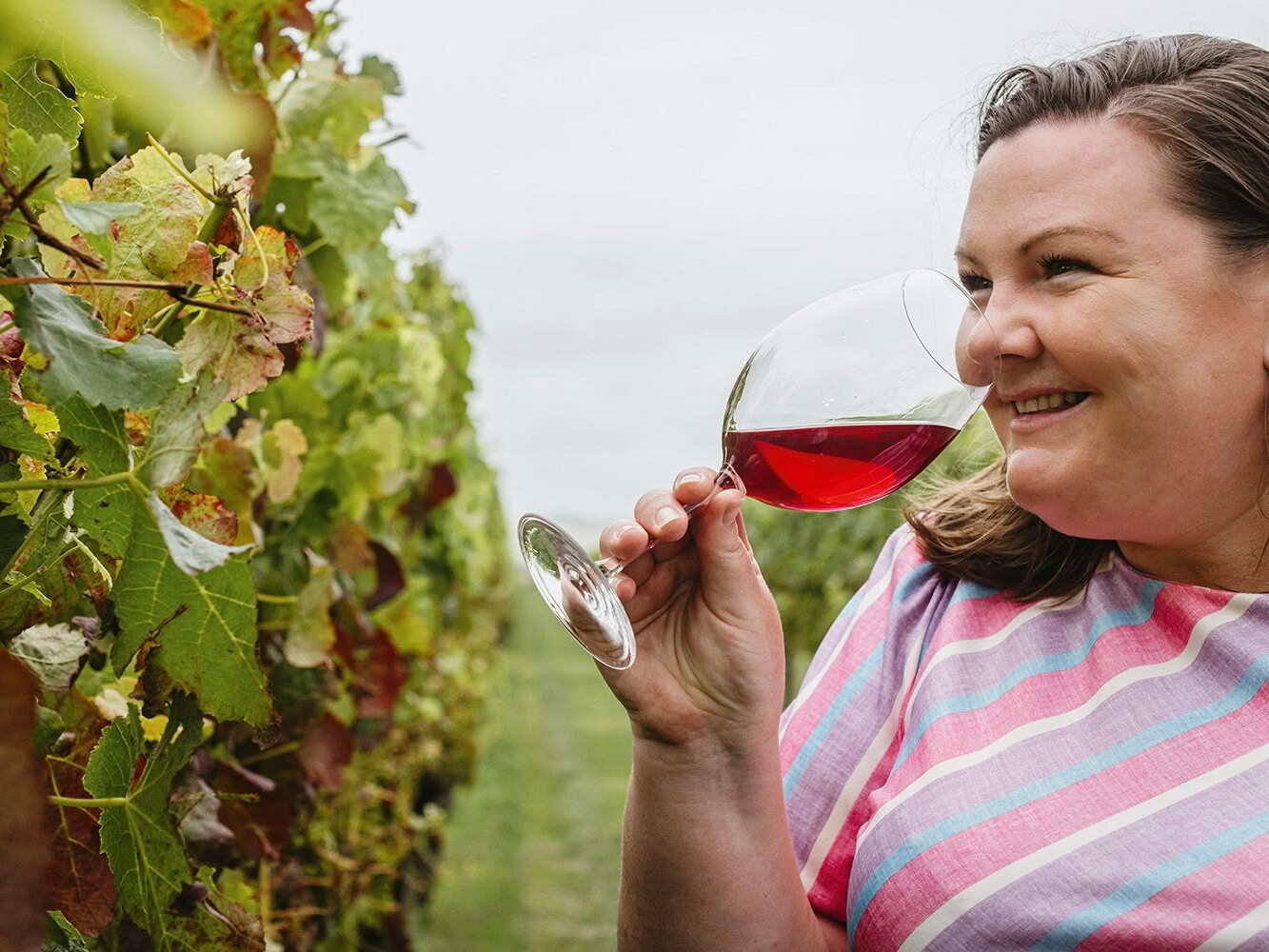It’s an inescapable narrative in the current global economic climate: the cost of wine is going up. “Did you see the prices on burgundy this year?”, “Are there no good wines for $30 anymore?” At the same time we hear another lament, mainly from wineries – particularly ones competing in the supermarket space – that pricing is in a race to the bottom and producer margins are being squeezed by rising excise, supply chain and labour costs.
A related complaint making the rounds at retail is the erosion of good-value wine, accompanied by conveniently-timed predictions of impending supply shortages – usually of Champagne – which are ‘certain to drive up prices’. So it is a ‘buyer’s market’ or a ‘seller’s market’ (to mis-use financial market terms) and is there a sweet spot in the messy economics of supply and demand? Well, it all depends on your perspective.
Let’s start with some figures. Wine Intelligence studies from 2020 and 2021 show that wine consumption in New Zealand continues to decrease, with local wines losing out. Te Hiringa Hauora’s 2020 report update ‘Monitoring alcohol affordability in Aotearoa’ (hpa.org.nz) indicates that the real cost of wine (meaning that it is adjusted for the consumer price index) has decreased since 2012, whereas beer has gone the other way. Admittedly, we’re talking about cheap wine as they monitor alcohol in the context of public health, but it’s an interesting metric nonetheless.
So, let’s talk about fine wine then. A bottle of 1999 Rousseau Chambertin set me back $320 in 2002. A recent 2015 vintage of commensurate quality is currently offered on the secondary market at a starting bid of $4,000 (and it will certainly sell for much more). Likewise, the regions which provided good value back in the early 2000s (Rhône, Spain, southern Italy, Chablis) have moved upwards and two or three generations of newer regions have emerged to fill and subsequently vacate that key price band of $30-$40 retail.
At the speculative, supply-constrained collectible end of the market, price bears absolutely no relationship to production cost. But for other tiers the cost of production can have a strong influence on price. Where did the grapes come from? Many family producers in New Zealand shoulder bank loans if they own vineyards which had to be purchased and developed – a different situation from inheriting an established vineyard in a more developed winemaking region in France or Italy (where agricultural subsidies exist as well). Younger producers in New Zealand are increasingly buying fruit as the cost of land becomes prohibitive and banks are more risk-averse towards wine. More cash-strapped businesses are also opting to rent space at larger wineries or share facilities to reduce their capital outlay. Then there is the cost of dry goods and logistics (bottles, closures, freight, storage and distribution), especially with COVID disrupting supply chains. For importers, any dip in the New Zealand dollar causes anxiety; conversely, our export-focussed wineries feel the same anxiety when things go the other way and they have to reduce their prices ex-winery or risk being edged out of key price bands abroad.
Certain styles and grape varieties cost more than others to make: the acceptable yields of sauvignon blanc are multiples higher than that of chardonnay, which in turn are higher than pinot noir. Wines fermented entirely in tanks and released within a few months of harvest will cost less and provide a return faster than wines which need extended ageing in oak barrels or in bottle before they can be released (some méthode traditionnelle wines have to age for five to eight years).
Restaurants present a whole other price proposition. That $50 bottle on the shelf (which a restaurant will pay around $37 for) is on the wine list for $90-$115. A glass commonly works out around $22. Do the maths and you’ll work out that you can buy a bottle for the price of two glasses of wine in a restaurant. But if you want to be seated with friends in a restaurant and be looked after, then everyone from the landlord to the maître d’, the server, cleaner, security guard and glassware supplier needs to be paid.
How should wine be priced? Oliver Styles recently wrote a thoughtprovoking piece on Tim Atkin’s website on social equity in wine pricing, (see timatkin.com). Supply and demand drive market efficiency, not equity. They also create speculators who leverage capital to take advantage of access and profit from the secondary market. As a result we have the market which we see – highly polarised, yet also highly focussed on relatively few brands at the top and a sea of commodity wines at the bottom. This benefits neither producers, nor drinkers. Great wine is becoming the purview of the connected and wealthy, even as the next generation of winemakers can scarcely afford to buy the wines they make.
The next time you feel the urge to decry the value of wine, think about where your money is going and make sure your dollars go where you want them to.





